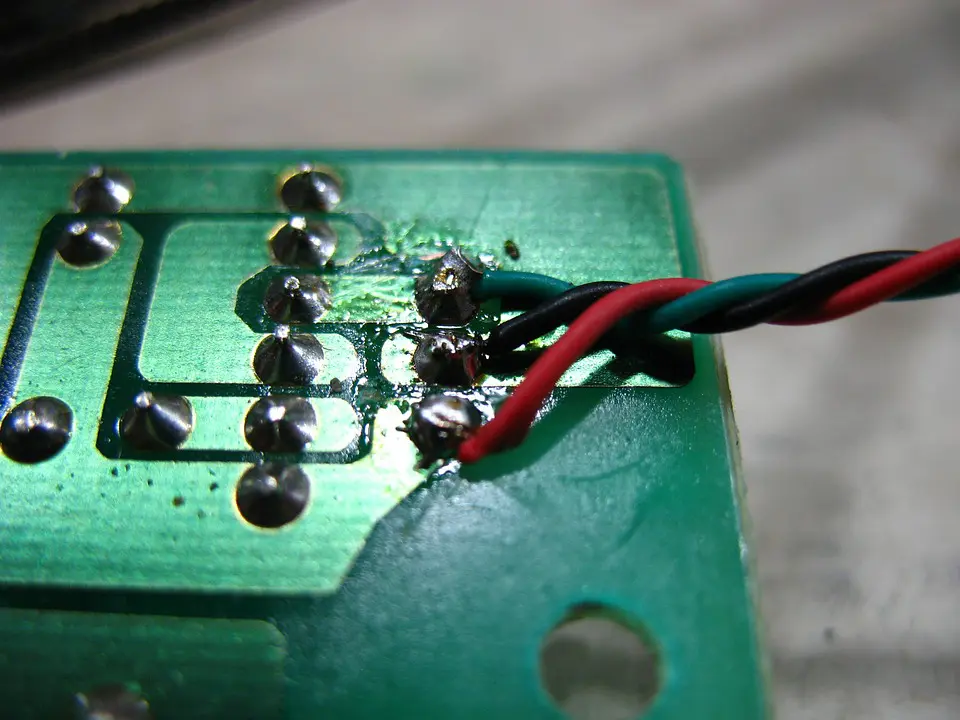The processes used to create printed circuit board assemblies are complicated and intricate, and things sometimes go wrong. One of the more common PCB defects is a blowhole, also known as a pinhole. This is a defect in a soldered joint on assemblies that involve plated through-hole circuitry. It can occur during the board manufacturing process or in storage.

(Pixabay / chasedbye)
With blowholes, solvents get trapped in the flux inside of the holes. That solvent can boil, expand, and blow solder out of the hole.
When blowholes occur, moisture is usually to blame. Non-plated areas on a bare circuit board that expose internal laminate are highly vulnerable to moisture.
Here are a few ideas for minimizing blowholes:
- Bake the circuit board prior to the assembly process. Baking can cause other solderability problems, so make sure that you use a temperature over 100°C. Extended baking doesn’t work with a number of finishes.
- Store the boards in vacuum-sealed bags in cool temperatures with low humidity.
While moisture is the most common culprit, it isn’t always the cause of blowholes. Some blowholes originate with the drilling of plated through holes. The drilling process can sometimes leave gaps between the plating and the laminate. Air can get caught in these traps. When the board is subjected to heat during the assembly process, the trapped air can expand in a hurry and push through the thin layer of plating. Improved drilling processes can help with this problem. So can better plating processes, including applying a slightly thicker plating. (Plating should adhere to a minimum of 25um.) Note that the drilling process can be hindered if the glass fabric in the laminate is of a poor quality.
You can test PCB holes for outgassing using various procedures. These tests can reveal areas where plating may be too thin and detect voids in through hole connections. You can run the tests during different stages of production and assembly to help you zero in on the causes of the voids. If administered carefully, these tests can help eliminate blowholes without compromising the function or appearance of your boards.
